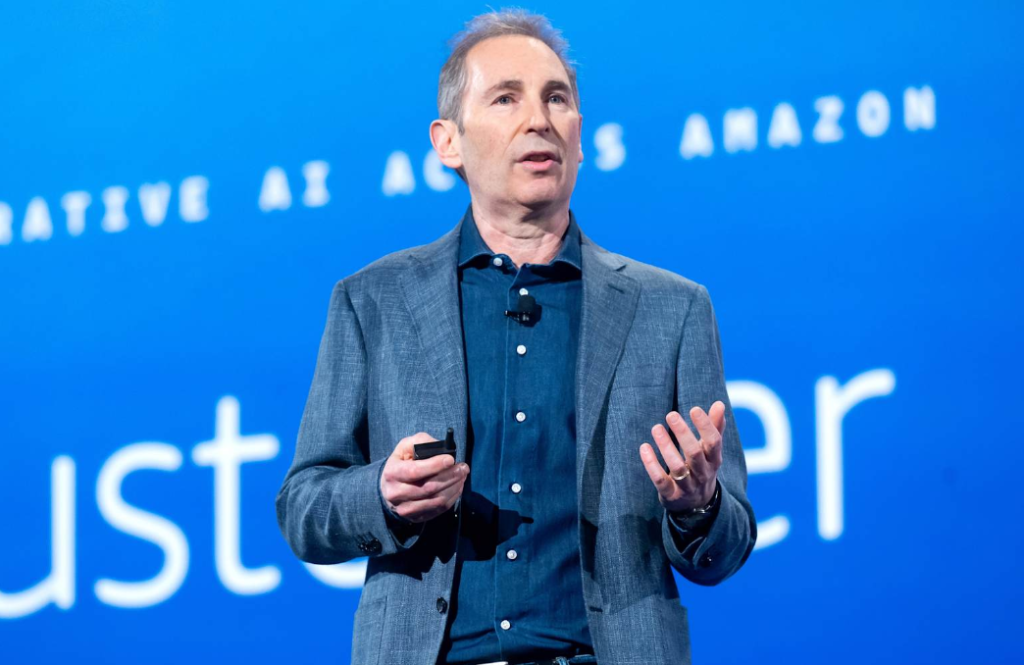
In a noticeable shift in tone, Amazon CEO Andy Jassy told investors during the company’s July 31 earnings call that artificial intelligence (AI) would make employees’ jobs “more enjoyable” by reducing repetitive tasks. This new messaging contrasts sharply with his June remarks, when he warned that AI could lead to job reductions across Amazon’s massive 1.5 million-person workforce.
The pivot comes after significant internal backlash from Amazon employees, who criticized leadership for prioritizing cost-cutting and AI implementation over job security and employee well-being. Concerns were raised not only about potential layoffs but also about the broader strategic direction under Jassy’s leadership.
Workers expressed unease in internal communications, pointing out the risks of over-relying on AI and questioning whether Jassy had lost sight of Amazon’s customer-centric values. One particularly vocal sentiment described his approach as “the antithesis of Think Big,” a direct critique referencing one of Amazon’s core leadership principles.
Despite Jassy’s reassurances, layoffs have continued into 2025. The company has targeted managerial roles in an effort to “flatten” the organizational structure, with reports indicating as many as 14,000 management-level jobs cut by the end of March. The restructuring aims to reduce the worker-to-manager ratio by 15% and save roughly $3.5 billion annually.
Specific departments have also felt the impact. In June, fewer than 100 jobs were eliminated in the Books division, including staff from Kindle and Goodreads. Cuts also affected Amazon Web Services (AWS), though exact figures were not disclosed. While some employees were reassigned internally, others were laid off despite the company’s record-breaking performance — including a 64.4% revenue jump in Q1 2025 and a 30% spike in Kindle sales.
At the same time, Amazon has significantly expanded its AI infrastructure and capabilities. The company is deploying AI far beyond customer service or code generation. Its forecasting models now factor in variables like weather and local events, leading to a 20% improvement in regional sales predictions. In warehousing, robots like Proteus can understand natural language instructions, while predictive maintenance systems now use IoT and machine learning to prevent equipment breakdowns.
One of Amazon’s most ambitious AI projects, Wellspring, has mapped over 2.8 million apartment addresses and optimized parking data for last-mile deliveries at over 4 million locations—an innovation that greatly improves delivery accuracy and efficiency.
Despite these advancements and sizable AI investments—including $13 billion in new data centers in Australia—Amazon has also implemented a retail hiring freeze for the rest of the year, further fueling employee concern.
Ultimately, Jassy’s softened rhetoric seems intended to calm internal dissent while the company continues its aggressive push into AI. Whether this messaging shift is enough to restore employee trust remains to be seen, especially as Amazon balances record profits with ongoing workforce reductions.



